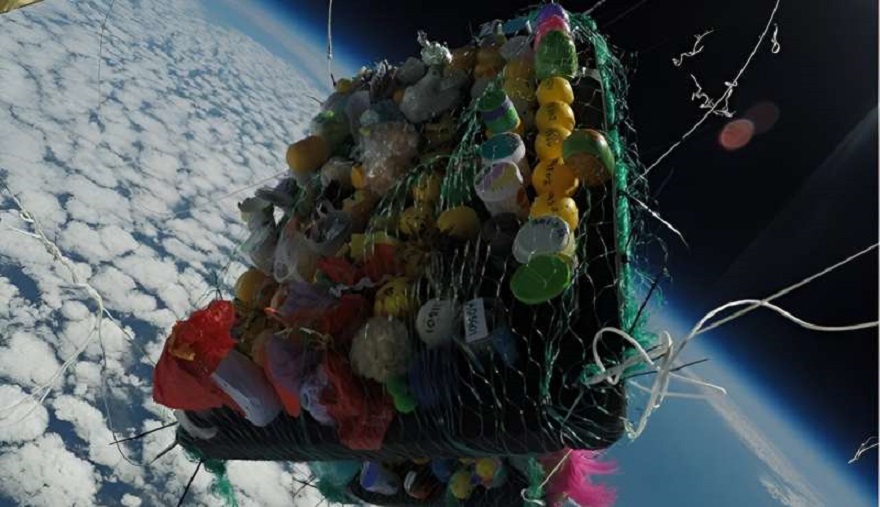Students from St. Bernard’s Convent High School helped scientists discover a new way to identify biomarkers in Martian samples. As a result of the experiment, it turns out that it is easier to do this with an infrared spectrograph than previously thought.

Life on Mars
Finding life on Mars may be much easier than previously thought. At least, this is what the new study says. Interestingly, among the team of its authors were ordinary students of the all-girls school at the monastery of St. Bernard in Westcliff-On-Sea, UK.
Of course, they were not working alone. They were led by real scientists from University College London and the Natural History Museum there. However, they emphasize the importance of the fact that even school students can participate in such studies.
It is believed that if there was once life on Mars, then its traces in the form of certain organic substances, so-called biomarkers, should remain in the rocks. However, it can be very difficult to detect them. After all, low temperatures and pressure, as well as high radiation, can easily destroy them.
Local gypsum deposits are considered a good place to search for traces of life on Mars. This mineral is formed without the participation of living organisms. All you need is liquid water. It preserves organic substances very well, but studying these rocks in terrestrial conditions has shown one unpleasant feature. Their composition gives peaks on the spectrogram, which hide traces of biomarkers.
Experiments with a balloon
The starting point for the new study was the idea that in Martian conditions, the gypsum spectrogram might look completely different from on Earth, and it would be much easier to identify traces of life in them. They decided to test it on microbial mats. These are tiny films of single-celled organisms that exist in almost all reservoirs on Earth.
Microbial mats were one of the very first biomes on our planet. Therefore, scientists believe that if there was life on Mars billions of years ago, then it could be similar to them. In addition, these tiny pieces of organic matter withstand drying and other adverse conditions very well. Therefore, finding at least their remains is not a problem, even after hundreds of millions of years.
Next, the researchers produced samples with different contents of microbial mats and gypsum. In order to simulate Martian conditions, they decided to raise them to a great height with the help of a balloon. The researchers were helped by Thales Alenia Space. The company has been launching weather balloons since 2014.
After the manufactured samples had traveled to the edge of space, they were examined using an infrared spectrograph. The same was done with the control materials that were stored on Earth. The result fully confirmed the initial assumption.
In the samples left on Earth, the organics were indeed hidden by peaks of gypsum minerals. And the gypsum that flew in the balloon dried up a lot, and they turned out to be much smaller. As a result, traces of microbial mats in it were much easier to identify. Infrared spectrographs can indeed be relatively easily placed on rovers, which gives hope that the mystery of Martian life will soon be solved.
According to phys.org
Follow us on Twitter to get the most interesting space news in time
https://twitter.com/ust_magazine


